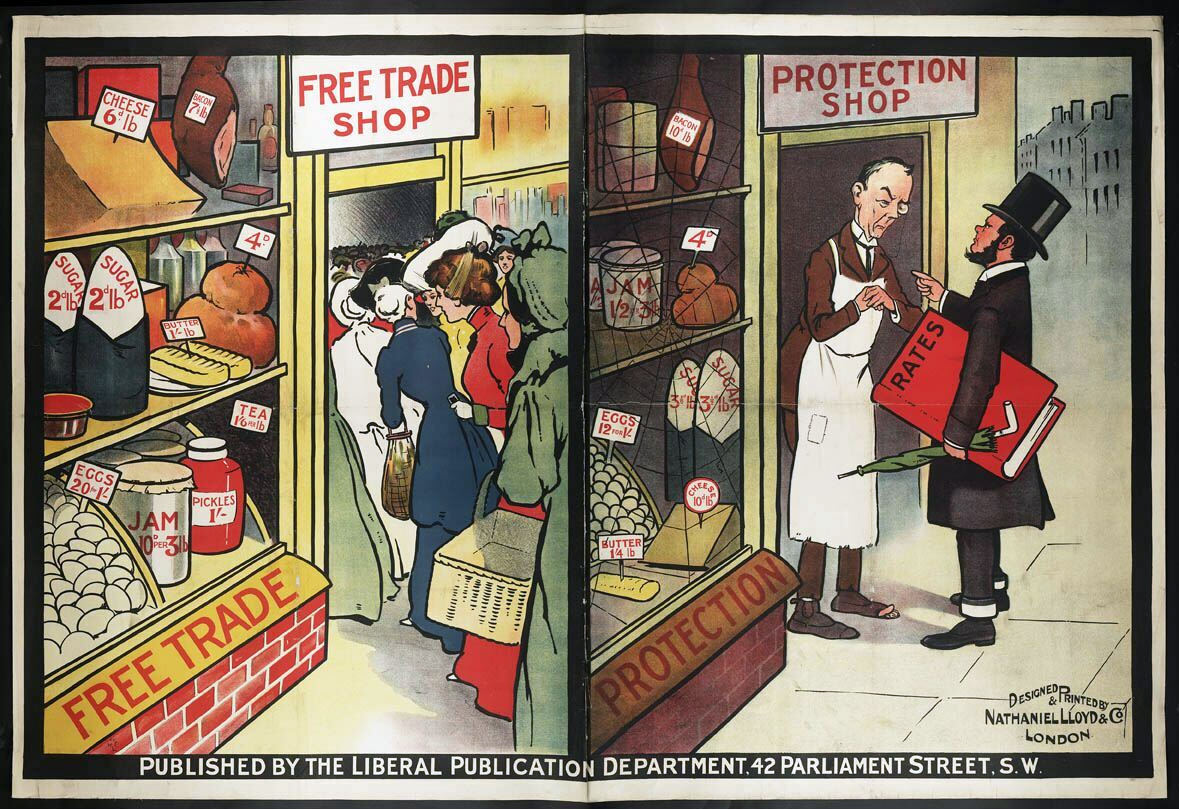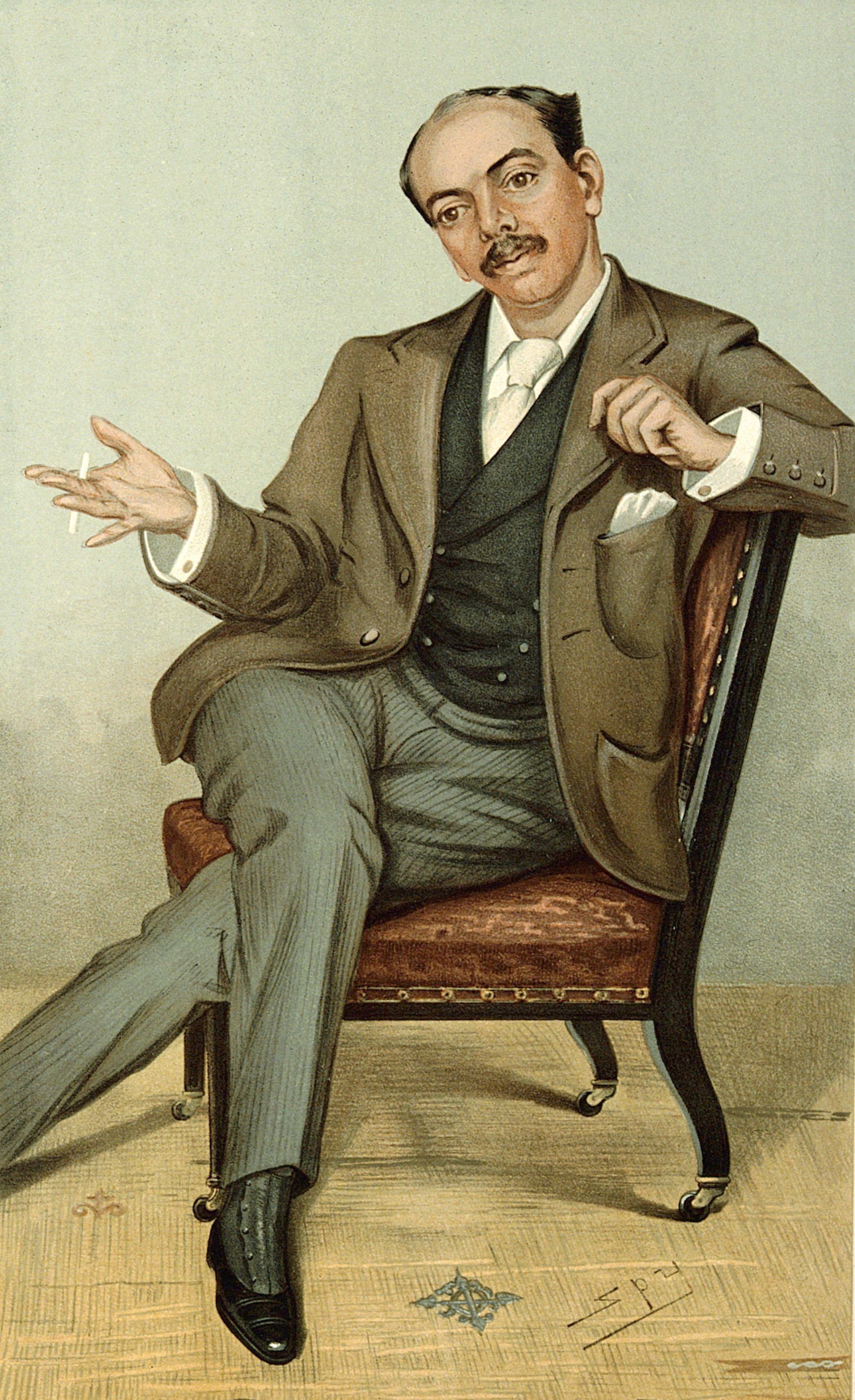|
Drifts Crisis
The Drifts Crisis of 1895 was an imperial-republican confrontation in South Africa that took place in September and October 1895. It was precipitated by the closing of fords, which in South Africa were known as ‘drifts’. The Crisis has traditionally been seen as the precursor to the Jameson Raid and the uncompromising policies of High Commissioner for Southern Africa Alfred Milner which followed, and eventually led to the Second Anglo-Boer War (9 October 1899 – 31 May 1902). Historians generally regard the conflicts to have been between the Cape Colony and the South African Republic (SAR), informally known as the Transvaal Republic. Escalation In late 19th century South Africa, the landlocked Transvaal was forced to rely on British colonial railways and ports. Therefore, Transvaal awarded the construction of a railway to the Netherlands-South African Railway Company (NZASM); however by mid-1891, the NZASM was on the verge of bankruptcy. When a European bond flotation ... [...More Info...] [...Related Items...] OR: [Wikipedia] [Google] [Baidu] |
British Empire
The British Empire was composed of the dominions, colonies, protectorates, mandates, and other territories ruled or administered by the United Kingdom and its predecessor states. It began with the overseas possessions and trading posts established by England between the late 16th and early 18th centuries. At its height it was the largest empire in history and, for over a century, was the foremost global power. By 1913, the British Empire held sway over 412 million people, of the world population at the time, and by 1920, it covered , of the Earth's total land area. As a result, its constitutional, legal, linguistic, and cultural legacy is widespread. At the peak of its power, it was described as "the empire on which the sun never sets", as the Sun was always shining on at least one of its territories. During the Age of Discovery in the 15th and 16th centuries, Portugal and Spain pioneered European exploration of the globe, and in the process established large overse ... [...More Info...] [...Related Items...] OR: [Wikipedia] [Google] [Baidu] |
Protectionism
Protectionism, sometimes referred to as trade protectionism, is the economic policy of restricting imports from other countries through methods such as tariffs on imported goods, import quotas, and a variety of other government regulations. Proponents argue that protectionist policies shield the producers, businesses, and workers of the Import substitution industrialization, import-competing sector in the country from foreign competitors. Opponents argue that protectionist policies reduce trade and adversely affect consumers in general (by raising the cost of imported goods) as well as the producers and workers in export sectors, both in the country implementing protectionist policies and in the countries protected against. Protectionism is advocated mainly by parties that hold Economic nationalism, economic nationalist or left-wing positions, while economically right-wing political parties generally support free trade. There is a consensus among economists that protectioni ... [...More Info...] [...Related Items...] OR: [Wikipedia] [Google] [Baidu] |
Pretoria
Pretoria () is South Africa's administrative capital, serving as the seat of the Executive (government), executive branch of government, and as the host to all foreign embassies to South Africa. Pretoria straddles the Apies River and extends eastward into the foothills of the Magaliesberg mountains. It has a reputation as an academic city and center of research, being home to the Tshwane University of Technology (TUT), the University of Pretoria (UP), the University of South Africa (UNISA), the Council for Scientific and Industrial Research (CSIR), and the Human Sciences Research Council. It also hosts the National Research Foundation (South Africa), National Research Foundation and the South African Bureau of Standards. Pretoria was one of the host cities of the 2010 FIFA World Cup. Pretoria is the central part of the City of Tshwane Metropolitan Municipality which was formed by the amalgamation of several former local authorities, including Bronkhorstspruit, Centurion, Gaute ... [...More Info...] [...Related Items...] OR: [Wikipedia] [Google] [Baidu] |
Piet Cronjé
Pieter Arnoldus "Piet" Cronjé (4 October 1836 – 4 February 1911) was a South African Boer general during the Anglo-Boer Wars of 1880–1881 and 1899–1902. Biography Born in the Cape Colony but raised in the South African Republic, Cronjé had a distinctive appearance, being short with a black beard and was reputed to have considerable personal courage. He made his reputation in the First Boer War, besieging the British garrison at Potchefstroom. He was unable to force their surrender until after the conclusion of the general armistice, and was at this time accused of withholding knowledge of this armistice from the garrison. Cronjé was in command of the force that rounded up Leander Jameson at Doornkop at the conclusion of the Jameson Raid on 2 January 1896. During the Second Boer War, Cronjé was general commanding in the western theatre of war. He began the sieges of Kimberley and Mafeking. At Mafeking, with a force between 2,000 and 6,000 he laid siege ... [...More Info...] [...Related Items...] OR: [Wikipedia] [Google] [Baidu] |
Boer
Boers ( ; af, Boere ()) are the descendants of the Dutch-speaking Free Burghers of the eastern Cape Colony, Cape frontier in Southern Africa during the 17th, 18th, and 19th centuries. From 1652 to 1795, the Dutch East India Company controlled Dutch Cape Colony, this area, but the United Kingdom incorporated it into the British Empire in 1806. The name of the group is derived from "boer", which means "farmer" in Dutch language, Dutch and Afrikaans language, Afrikaans. In addition, the term also applied to those who left the British Cape Colony, Cape Colony Great Trek, during the 19th century to colonise in the Orange Free State, South African Republic, Transvaal (together known as the Boer Republics), and to a lesser extent Natalia Republic, Natal. They emigrated from the Cape to live beyond the reach of the British colonial administration, with their reasons for doing so primarily being the new Anglophone common law system being introduced into the Cape and the Slavery Abo ... [...More Info...] [...Related Items...] OR: [Wikipedia] [Google] [Baidu] |
Leander Starr Jameson
Sir Leander Starr Jameson, 1st Baronet, (9 February 1853 – 26 November 1917), was a British colonial politician, who was best known for his involvement in the ill-fated Jameson Raid. Early life and family He was born on 9 February 1853, of the Jameson family of Edinburgh, the son of Robert William Jameson (1805–1868), a Writer to the Signet, and Christian Pringle, daughter of Major-General Pringle of Symington House. Robert William and Christian Jameson had twelve children, of whom Leander Starr was the youngest, born at Stranraer, Wigtownshire (now part of Dumfries and Galloway), in the south-west of Scotland, a great-nephew of Professor Robert Jameson, Regius Professor of Natural History at the University of Edinburgh. Fort's biography of Jameson notes that Starr's "chief Gamaliel, however, was a Professor Grant, a man of advanced age, who had been a pupil of his great-uncle, the Professor of Natural History at Edinburgh." Leander Starr Jameson's somewhat unusual name ... [...More Info...] [...Related Items...] OR: [Wikipedia] [Google] [Baidu] |
Botswana
Botswana (, ), officially the Republic of Botswana ( tn, Lefatshe la Botswana, label=Setswana, ), is a landlocked country in Southern Africa. Botswana is topographically flat, with approximately 70 percent of its territory being the Kalahari Desert. It is bordered by South Africa to the south and southeast, Namibia to the west and north, and Zimbabwe to the northeast. It is connected to Zambia across the short Zambezi River border by the Kazungula Bridge. A country of slightly over 2.3 million people, Botswana is one of the most sparsely populated countries in the world. About 11.6 percent of the population lives in the capital and largest city, Gaborone. Formerly one of the world's poorest countries—with a GDP per capita of about US$70 per year in the late 1960s—it has since transformed itself into an upper-middle-income country, with one of the world's fastest-growing economies. Modern-day humans first inhabited the country over 200,000 years ago. The Tswana ethnic ... [...More Info...] [...Related Items...] OR: [Wikipedia] [Google] [Baidu] |
Uitlander
Uitlander, Afrikaans for "foreigner" (lit. "outlander"), was a foreign (mainly British) migrant worker during the Witwatersrand Gold Rush in the independent Transvaal Republic following the discovery of gold in 1886. The limited rights granted to this group in the independent Boer Republics was one of the contributing factors behind the Second Boer War. Second Boer War The vast Witwatersrand gold fields were discovered in 1886, and within ten years the uitlander (English) population of the Transvaal was thought to be double that of the ethnic Boer Transvaalers. These workers were primarily concentrated around the Johannesburg area. The Transvaal government, under President Paul Kruger, were concerned as to the effect this large influx could have on the independence of the Transvaal. The uitlanders were almost entirely British subjects. Therefore enfranchising the uitilanders, at a time when the Crown was keen to consolidate its colonial hold in South Africa, risked creating ... [...More Info...] [...Related Items...] OR: [Wikipedia] [Google] [Baidu] |
Bourgeoisie
The bourgeoisie ( , ) is a social class, equivalent to the middle or upper middle class. They are distinguished from, and traditionally contrasted with, the proletariat by their affluence, and their great cultural and financial capital. They are sometimes divided into a petty (), middle (), large (), upper (), and ancient () bourgeoisie and collectively designated as "the bourgeoisie". The bourgeoisie in its original sense is intimately linked to the existence of cities, recognized as such by their urban charters (e.g., municipal charters, town privileges, German town law), so there was no bourgeoisie apart from the citizenry of the cities. Rural peasants came under a different legal system. In Marxist philosophy, the bourgeoisie is the social class that came to own the means of production during modern industrialization and whose societal concerns are the value of property and the preservation of capital to ensure the perpetuation of their economic supremacy in society. ... [...More Info...] [...Related Items...] OR: [Wikipedia] [Google] [Baidu] |
Gold Mining
Gold mining is the extraction of gold resources by mining. Historically, mining gold from alluvial deposits used manual separation processes, such as gold panning. However, with the expansion of gold mining to ores that are not on the surface, has led to more complex extraction processes such as pit mining and gold cyanidation. In the 20th and 21st centuries, most volume of mining was done by large corporations, however the value of gold has led to millions of small, artisanal miners in many parts of the Global South. Like all mining, human rights and environmental issues are common issues in the gold mining industry. In smaller mines with less regulation, health and safety risks are much higher. History The exact date that humans first began to mine gold is unknown, but some of the oldest known gold artifacts were found in the Varna Necropolis in Bulgaria. The graves of the necropolis were built between 4700 and 4200 BC, indicating that gold mining could be at least 700 ... [...More Info...] [...Related Items...] OR: [Wikipedia] [Google] [Baidu] |
Witwatersrand
The Witwatersrand () (locally the Rand or, less commonly, the Reef) is a , north-facing scarp in South Africa. It consists of a hard, erosion-resistant quartzite metamorphic rock, over which several north-flowing rivers form waterfalls, which account for the name Witwatersrand, meaning "white water ridge" in Afrikaans.Truswell, J.F. (1977). ''The Geological Evolution of South Africa''. pp. 21, 27–28, 33–36. Cape Town: Purnell. This east-west-running scarp can be traced with only one short gap, from Bedfordview (about west of O.R. Tambo International Airport) in the east, through Johannesburg and Roodepoort, to Krugersdorp in the west (see the diagram at left below).Norman, N.; Whitfield, G. (2006) ''Geological Journeys''. pp. 38–49, 60–61. Cape Town: Struik Publishers. The scarp forms the northern edge of a plateau (or ridge) which rises about above the surrounding plains of the Highveld. A number of picturesque Johannesburg suburbs, including Observatory, Linksfi ... [...More Info...] [...Related Items...] OR: [Wikipedia] [Google] [Baidu] |






